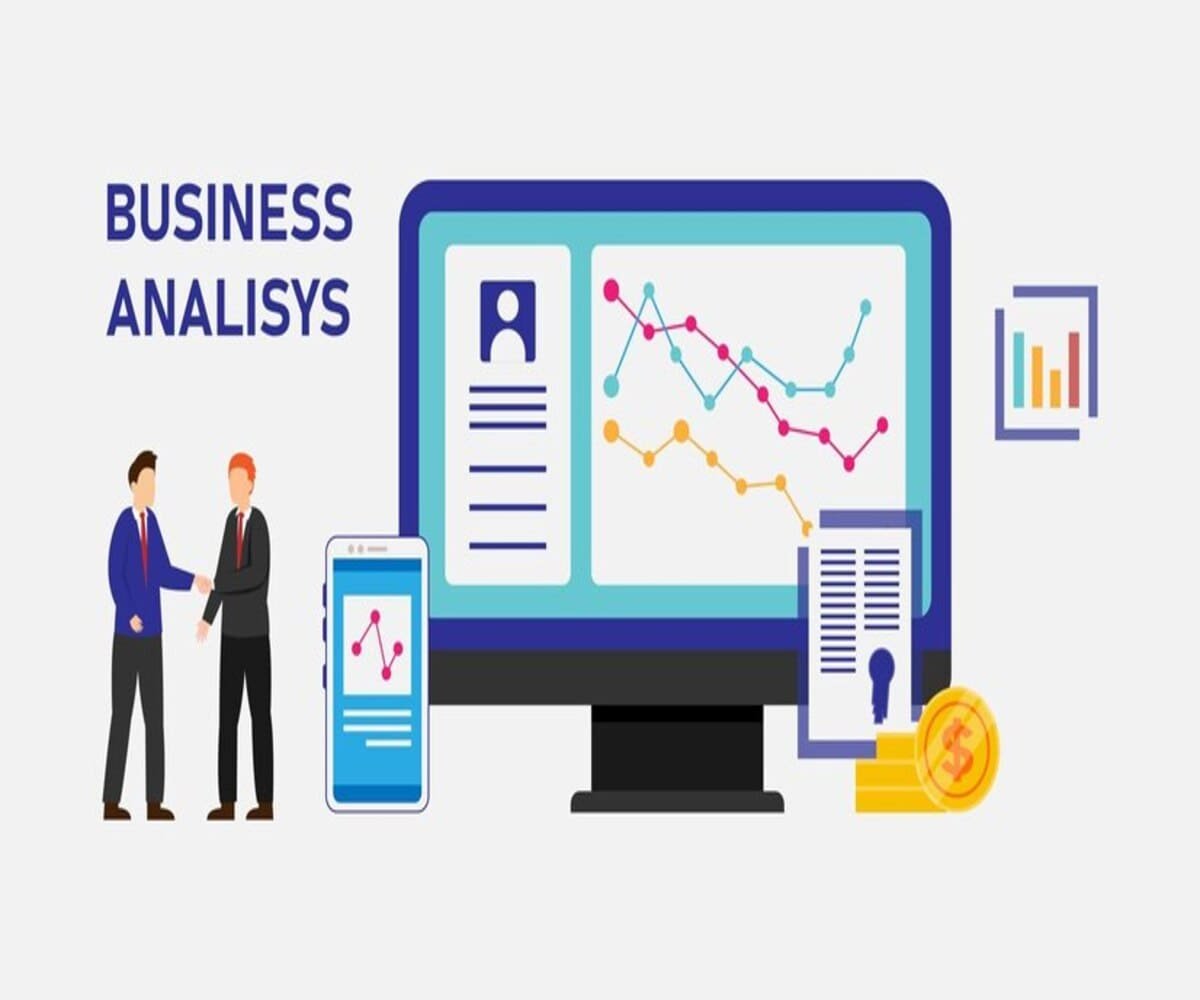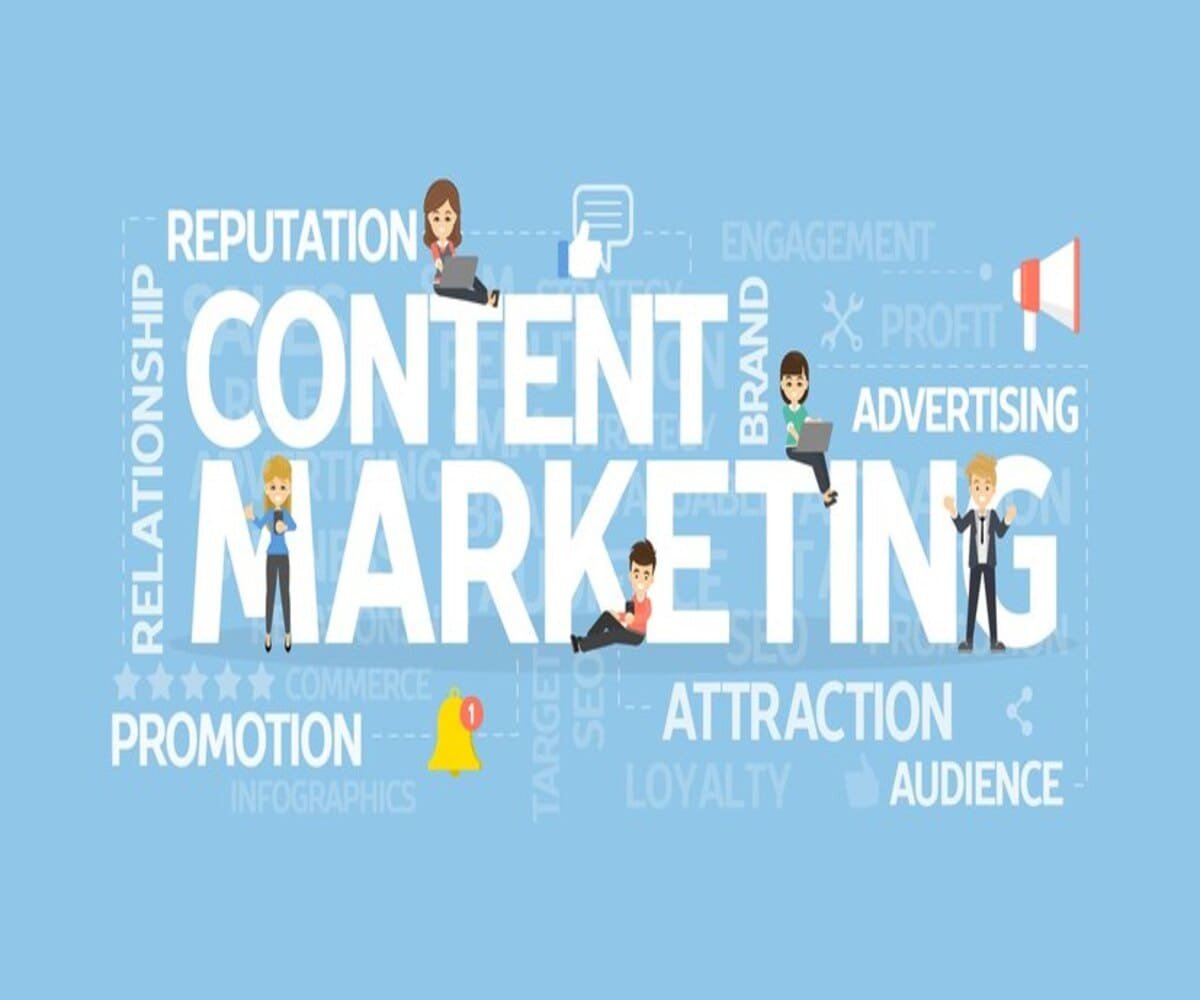Integrating Search Engine Optimization (SEO) and Search Engine Marketing (SEM) into a business strategy is essential for maximizing online visibility, driving traffic, and improving conversions. By combining organic and paid search tactics, businesses can create a comprehensive digital marketing approach that enhances long-term growth and immediate results.
1. Understanding SEO & SEM
A. What is SEO?
Search Engine Optimization (SEO) focuses on improving organic search rankings through content optimization, technical improvements, and authoritative backlinks. SEO is a long-term strategy that enhances brand credibility and visibility.
B. What is SEM?
Search Engine Marketing (SEM) involves paid advertising strategies, such as Google Ads and Pay-Per-Click (PPC) campaigns, to drive targeted traffic instantly. SEM delivers faster results and is useful for competitive keywords and seasonal promotions.
2. Benefits of Integrating SEO & SEM
- Increases Overall Search Visibility: Combining organic and paid search strategies maximizes SERP (Search Engine Results Page) presence.
- Balances Short-Term & Long-Term Growth: SEM drives immediate traffic while SEO builds long-term credibility.
- Optimizes Marketing Budgets: A well-balanced approach ensures efficient use of marketing spend.
- Enhances Data-Driven Decision Making: Insights from SEM campaigns help refine SEO strategies.
3. Key Strategies for SEO & SEM Integration
A. Keyword Research Alignment
- Conduct thorough keyword research for both organic and paid search.
- Use high-performing PPC keywords to optimize SEO content.
- Leverage long-tail keywords to improve both SEO and SEM efficiency.
B. Content Optimization & PPC Synergy
- Create high-quality content targeting valuable keywords.
- Use PPC ads to promote top-performing organic content.
- Implement A/B testing on ad copies and landing pages to enhance SEO conversion rates.
C. Optimizing Landing Pages
- Design landing pages that align with both organic search intent and paid campaigns.
- Ensure fast load times, mobile optimization, and clear CTAs.
- Utilize retargeting strategies to capture leads who visited the site via SEO or SEM.
D. Link Building & Paid Advertising Integration
- Use PPC campaigns to boost content visibility and earn natural backlinks.
- Promote content through Google Ads and social media advertising.
- Leverage paid search data to refine link-building outreach efforts.
E. Tracking & Performance Measurement
- Use Google Analytics and Google Search Console to analyze SEO performance.
- Monitor SEM campaign metrics, such as CTR, Quality Score, and ROI.
- Adjust strategies based on data insights to improve overall search effectiveness.
4. Common Challenges & Solutions
A. Balancing Budget Allocation
- Prioritize high-value, competitive keywords for SEM while growing organic rankings.
- Allocate budget based on performance data and business objectives.
B. Managing Keyword Cannibalization
- Avoid competing with your own SEO pages in paid search campaigns.
- Use negative keywords to refine SEM targeting.
C. Maintaining Consistency Across Channels
- Ensure messaging alignment between organic content and paid ads.
- Use unified branding across SEO and SEM efforts.
5. Final Thoughts
Integrating SEO and SEM into your business strategy creates a powerful digital marketing ecosystem that drives sustainable growth. By leveraging both organic and paid search tactics, businesses can maximize reach, improve conversions, and stay ahead of the competition.
Want to master SEO & SEM integration? Enroll in our Comprehensive Digital Marketing Strategy Course today!










